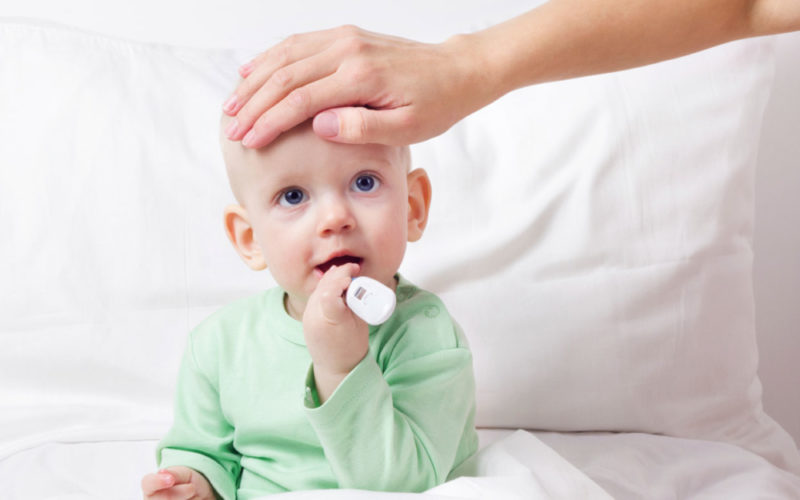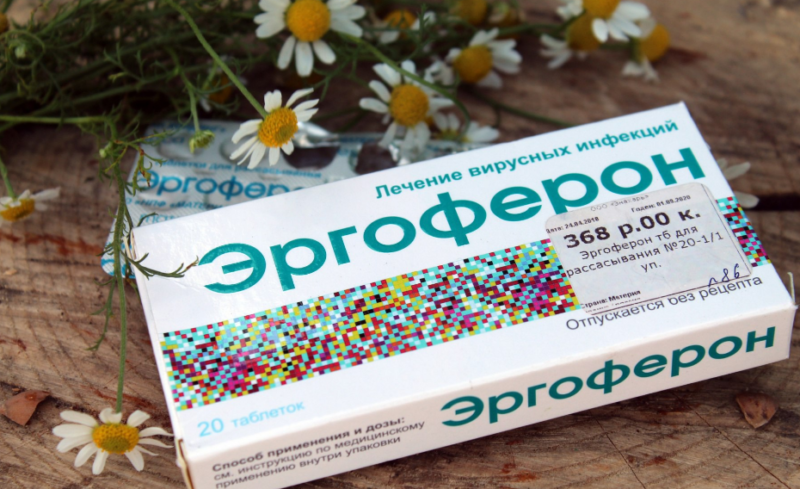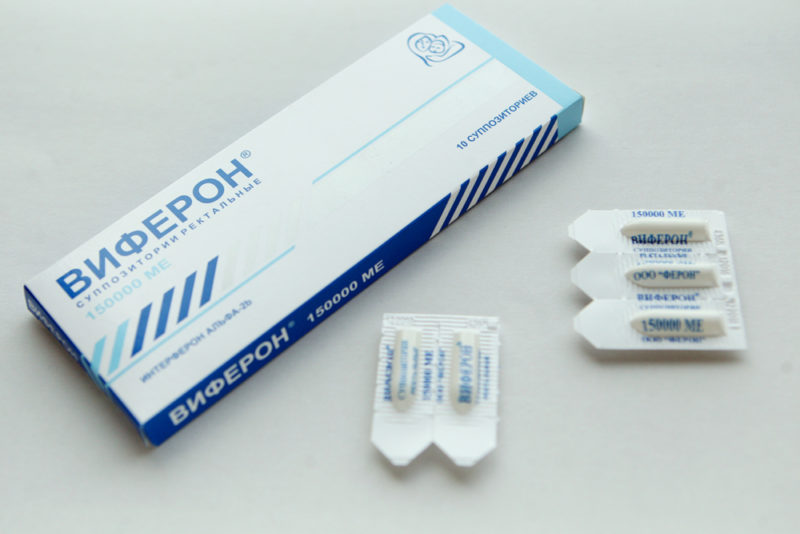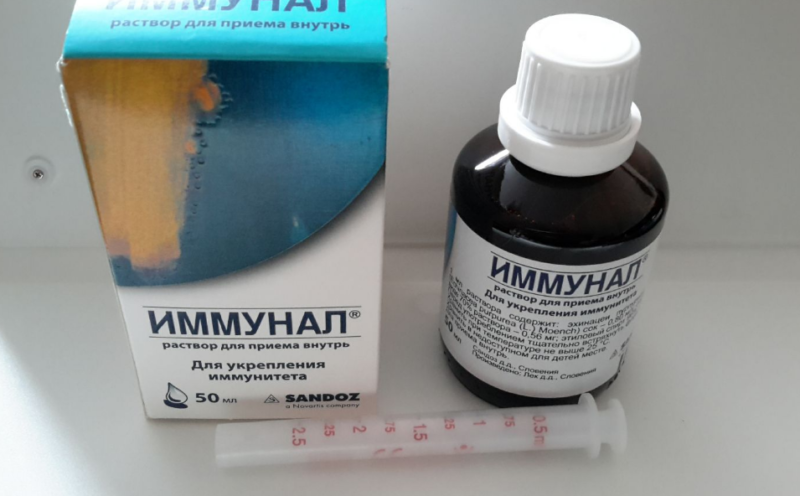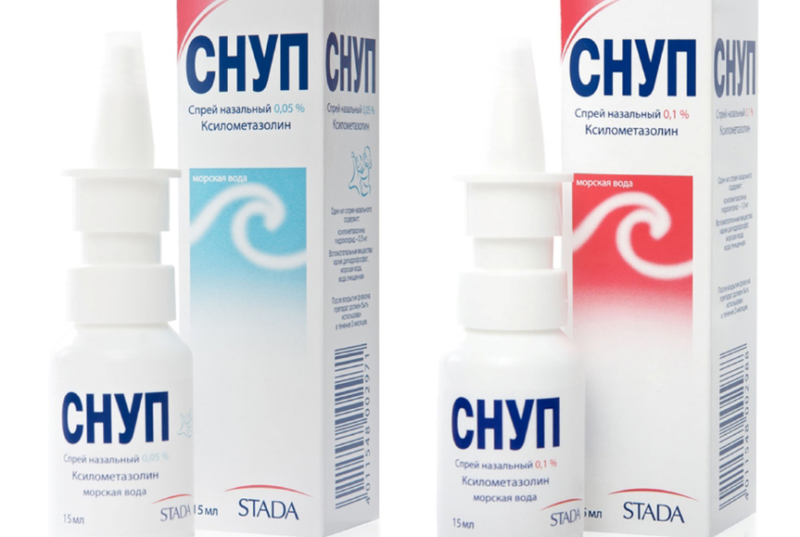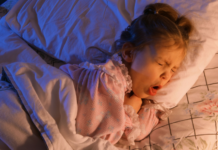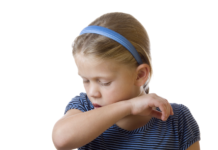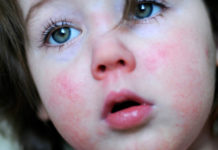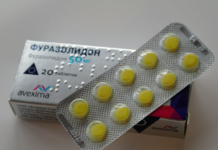Pharmacy points offer a whole arsenal of antiviral drugs for children from 1 year old at very different prices. They are characterized by completely different mechanisms of action, they differ in composition and effect on the child's body. In connection with the specifics of the drugs, parents should understand whether there is a need for an antiviral drug in any given case.
Material Content:
What is a virus and how does the body fight it
Science does not know the exact date the first viruses appeared on Earth. But the fact that people are literally surrounded by them in nature makes us study the problem and develop various types of medicines. The development of human immunity occurs gradually, and it began many thousands of years ago in connection with the need to deal with foreign agents. A living organism at the cellular level “remembers” past encounters with the virus and therefore is able to cope more effectively with the next attack.
A virus is a life form invisible to the naked eye that does not have a cellular structure. It is a nucleic acid protected by a protein shell.
When an infectious particle enters the body, it penetrates into its cells and parasitizes - without the property of metabolism, it replicates due to the vitality of other cells, as a result of which they die.
Viruses are distinguished by genetic diversity, they are able to transform and adapt.Treatment of viral diseases requires strict adherence to the recommendations of a specialist, otherwise the pathogen will simply adapt and the medicine will be ineffective.
To block the viral agent (termination of its activity and reproduction), a specific effect on infected cells is required:
- The organism’s war with viruses begins immediately after foreign particles enter the mucous membranes. In the membranes there are macrophages (immunity cells) that absorb virions.
- The pathogen penetration into the bloodstream, signaling cells instantly report activation of B-lymphocytes and T-killers that destroy the virus.
- This is the next stage of the struggle - a specific response of the immune system, activating two “branches” of defenders. At the cellular level, cytotoxic lymphocytes utilize the affected cells. On the humoral - B-lymphocytes identify and destroy the virus through antibodies.
- Awakened B-lymphocytes form antibodies, the task of which is to find and contact free viral antigens. Then macrophages purposefully "eat" the formed pairs of antigens and antibodies (immunoglobulin protein).
- Undetected virions that invade the cells must be neutralized by killing the affected cell. This is done by T-killer cells.
- The immune response ends with the inhibition of the activity of the immune response - aggression of T-killers and B-lymphocytes. This message comes from T-suppressor cells.
The immune system has more than one defense mechanism.
In the inflammatory process, an increase in body temperature, infected cells produce interferon - a specific protective protein, 3 main types:
- interferon-alpha - synthesis caused by white blood cells;
- interferon beta is produced by connective tissue cells;
- interferon-gamma (immunomodulator) produce T cells.
Interferons block the activity of foreign nucleic acids, which tend to invade the genome of a healthy cell, as a result of which viral particles are unable to multiply.
The virus has the ability to quickly adapt to the drug that affects it. In this case, it becomes necessary to choose a similar tool.
In order not to oppress the immune system and avoid the constant search for analogues in connection with the "getting used" to the medication used, an important rule is required. WHO strongly recommends that antiviral agents not be used as a prophylaxis for viral diseases. The frequent effect of an antiviral drug on the body reduces the chances of this drug "working out" when a real threat arises.
Immunity is a natural defense system of a person and it does not require external stimulation. Most often, it is enough to help a child’s immunity in the fight against the virus when a disease occurs with methods such as rest (healthy sleep), clean and cool indoor air, plenty of warm water and good nutrition.
On the effect of drugs against viral infection:
- The use of interferon in the development of non-specific immunity is high. But three days after infection, the use of an interferon-based drug does not make sense when the body fights on its own in the second (specific) phase of the immune response.
- Immunostimulating drugs to fight viruses. Strengthen nonspecific immunity. Contrary to the manufacturers' advertisements, it is necessary to take seriously the issue of treating a child with this type of medicine. An artificial increase in the activity of protective cells is fraught with capital complications. These are mutations and accelerated replication of healthy cells, an attack by lymphocytes and macrophages of cells of any body tissue (risk of cancer and autoimmune diseases).
- Preparations based on plant extracts and homeopathy do not have warnings before use and side effects, nor do they show a clinically recorded result.
It is not necessary to lower the medically elevated body temperature if it does not reach the 38 degree mark. An increase in temperature is a sign of a healthy immune response - a process of dealing with foreign particles.
Lowering the temperature, respectively, means the extinction of the body's production of interferons.
Antiviral classification
Treatment of viral diseases should strictly comply with the dosages indicated in the instructions, and be carried out under the guidance of a doctor. The most popular medicines are those prescribed for acute respiratory viral infections and influenza, as these are the most common viral diseases among the children's population. Therefore, it is advisable to understand in more detail the means used in ARVI.
Scientists have developed effective antiviral drugs for children, the result of which is based on three principles:
- Vaccines are a prophylactic introduction to the body of a viral infection. Thanks to this interaction with foreign particles, immunity will immediately specifically (producing and using antibodies) respond to a similar introduction in the future - the virus will be destroyed in the first phase of the fight against it. And, perhaps, a person will not join the ranks of the diseased.
- Interferons (and their inducers) are drugs aimed at compensating the body, as well as stimulating the corresponding cells to produce their own interferons. Means with interferon enhance a non-specific immune response for a short period of time.
- Etiotropic drugs (enzyme and ion channel inhibitors) inhibit viral activity at the stage of introduction, reproduction and release. This group of medicines is artificial chemical compounds. These substances can only be used under the supervision of a healthcare professional.
Effective antiviral drugs for children according to the principle of action (approximate list):
| Active connection | The name of the drug |
|---|---|
| Hemagglutinin Inhibitors (Umifenovir). | Immustat. |
| Interferons | • "Viferon"; • "Grippferon"; • “Lockeron”. |
| Inducing endogenous interferon inducers | • "Cycloferon"; • Lavomax. |
| Herbal preparations | • “Immunal”, • "Immunoflazid", • "Echinacea" • "Imupret", • "Immunorm", • "Estifan", • "Echinacin Liquidum", • "Echinacea Hexal" |
| Homeopathic remedies | • "Oscillococcinum", • Aflubin • "Influcid". |
| M2 channel blockers | • "Rimantadine" • "Amantadine", • "Orvirem", • “Remavir 20” |
| Oseltamivir phosphate | Tamiflu |
Before treating a child with an antiviral agent, it is necessary to consult with a competent children's specialist, financially uninterested in pharmacy profits.
It is also important to consider the presence or absence of data on clinical testing of its effectiveness, side effects and contraindications.
So, the drug, based on an M2-channel inhibitor, successfully passed control and proved its clinical effect. Other drugs, most often, are tested only in laboratory conditions. Also, the effectiveness of homeopathic medicines is not proven or lacking.
Inexpensive, but effective remedies for children from 1 year
Countless antiviral medications for young children do not guarantee that the virus will bypass the child 100%, as often even after a flu shot, children still get sick.
The so-called universal antiviral agents are produced, such as Ergoferon, which have a fairly wide pharmacological spectrum of action - antiviral, antihistamine, immunomodulatory and anti-inflammatory.
If antiherpetic drugs are required, the clinically proven effectiveness of Ergoferon involves the fight against this type of virus. Reception - after consultation with a pediatrician.
Take orally in the form of a solution of 1 tablet in 1 tbsp. l warm boiled water (for a child).
“Ergoferon” is used from the moment the first symptoms of SARS are manifested, combined use with other antiviral medications is allowed.
Candles for children
"Viferon" in the form of candles. The main substance is alpha-2 interferon (synthesized interferon, structurally identical to natural).
Possible side effects are skin reactions.
Analog: Kipferon.
Suspensions and syrups
- Rimantadine Syrup. The active substance - rimantadine hydrochloride, inhibits influenza A, blocks the release of replicated particles. The effectiveness of the syrup is confirmed if taken in the first three days after interacting with the infected or the occurrence of cold symptoms.
- "Immunal." The main effect is the juice of purple echinacea. The drug is considered 100% natural, aimed at increasing the synthesis of white blood cells, that is, increasing the immune forces. For children from one year old, administration is indicated in the form of a solution.
- Tamiflu is available in capsules and powder for suspension solution. It is required to be treated with the drug for 10 days, taking it twice a day. Side effects reflect disorders of the nervous and digestive systems.
Ointments, gels, creams
Oxolinic ointment. Used for prophylaxis (prevention of infection) from infancy. Principle of action: it destroys the virus already at the stage of its introduction through the mucous membranes of the nose (on which the agent is applied).
Remedies for the common cold
Inexpensive, but effective and safe means against a virus attack:
- "Nazivin" and "Snoop" - the most popular drops and spray for the common cold for children, prescribed by pediatricians. Xylometazoline has an active effect. Designed to relieve swelling of the mucosa, moisturize and cleanse the sinuses.
- "Derinat" is a drug taken in drops. The active substance - sodium deoxyribonucleate (immunomodulator), activates a non-specific response, thereby "increasing" the immunity of the child's body.
- "Grippferon", a similar drug in drops, enhances the resistance of SARS during the period of introduction into the body. The active substance is recombinant interferon alfa-2b (human).
Contraindications and restrictions, except for individual intolerance, these funds do not.
Strengthening immunity with natural methods, vitamins and vaccination (the prevention of viral infections) will help the body cope with the virus easier and faster without side effects and complications.


